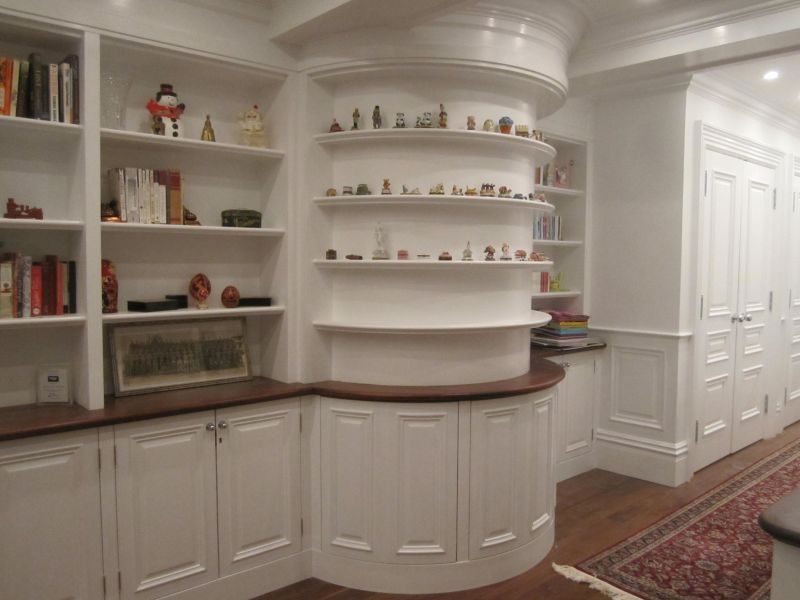Question
The manual to my Kreg pocket hole jig discusses ways to trim pocket hole plugs. I usually use a flush trim saw (by hand) if necessary, and then sand smooth. Kreg mentions using a laminate trimmer with a bull nose bit (i.e. half-round or similar). For the life of me, I can't see how one could trim a pocket hole like that. The only way I can think to hold the trimmer would be with the flat end of the bull nose bit against the work piece. And in that case, the piece would almost undoubtedly get marred. Either from the corner of the cutter (slight slip) or just from the flat part (heat burns). Am I missing something here? The flush trim saw works fine on the rare occasion I use it (I almost never use pocket holes in a visible location). But a power tool based method would be convenient.
Forum Responses
(Cabinetmaking Forum)
From contributor L:
I trim the plugs before inserting (the portion that is glued in the hole). This enables me to insert and glue them so that the flat surface is just protruding above the surface of the cabinet. This eliminates trimming; all that is needed is sanding.
There is a technique in solid surface where you use a small router with a pair of skis (2 - 1/2 x 1/2 x 4 blocks, for example) on the bottom of a small router base. I used double stick tape to keep mine on. They are placed on each side of the bit. Then put the skis on a flat surface and let the bit just barely touch the surface, or just above it. Then run the router over the plug.
I think they recommend a bit with a rounded end so that it does not gouge the wood if it tips. Be sure to set the skis toward the edge so that it will be more stable and the chips will not get trapped between. I used to keep a small laminate trimmer set up this way. It is a good, cheap flush trimmer.
